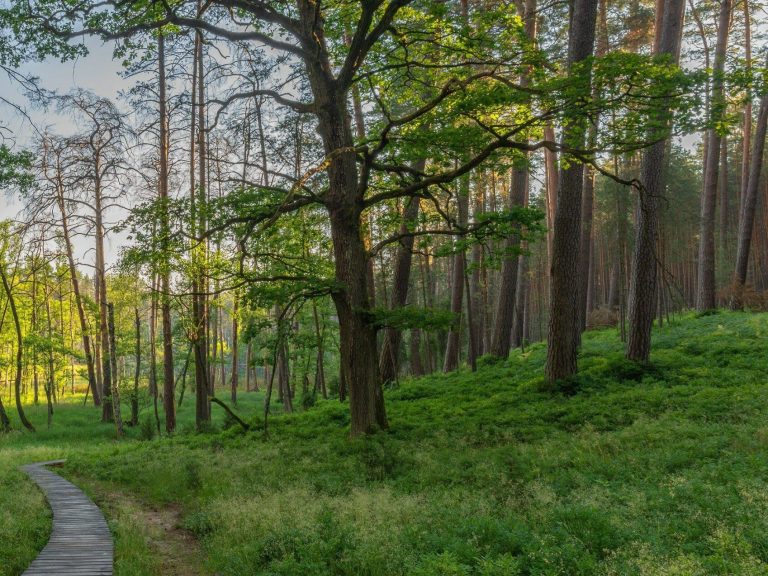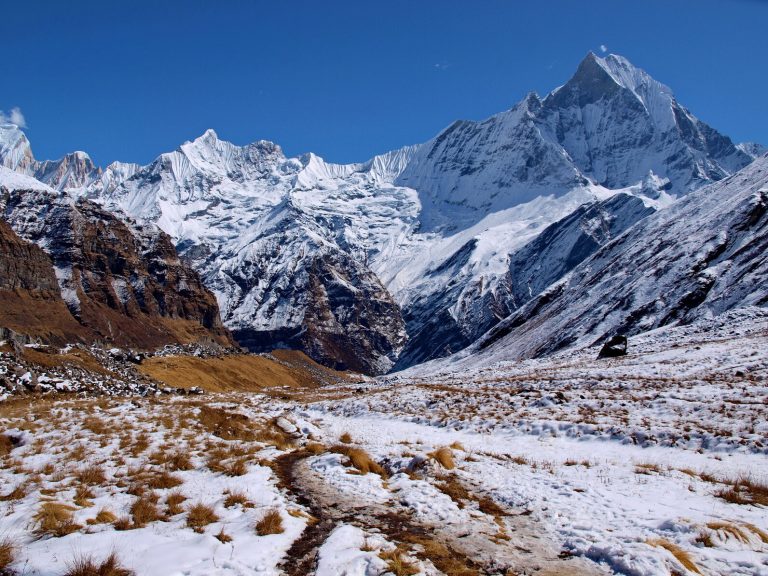Thousands of treasures hidden all over Poland. Anyone can search

Treasures, or special hiding places, are literally everywhere. You can pass them every day and not know it (and if you don’t, you’re a muggle). Geocaching can be a great way not only to have fun, but also to explore. What is this all about?
Geocaching is simply an outdoor game involving searching for hidden treasures (from the English word cache, i.e. hiding place). And the treasures themselves are various types of hiding places hidden in often very surprising places. The trick is to find them, enter them in a special logbook, i.e. something like a visitor’s diary, and hide them again so that no uninitiated people, i.e. Muggles, can find out. Some caches have small goodies that you can take, but then you are welcome to put something else in return.
Geocaching and opencaching. How to play it?
To take part in the fun, you need to log in to one of the cache portals – geocaching.com and opencaching.pl. Both have their supporters, in both cases you can search for treasures for free, but geocaching.com also has a dedicated application and a commercial version with access to more caches and additional functions. Caches are searched based on GPS location. After all, it was the creation of the GPS system that started all the fun. Behind it all is the American Dave Ulmer, who, right after the GPS signal was widely available, suggested hiding things and then giving the coordinates publicly. He called the idea “the great American search for GPS caches” and hid a bucket with various items in the forest and provided the coordinates on an online group of GPS enthusiasts. This first cache was established in Oregon. Today, people all over the world enjoy treasure hunting. There are caches practically all over Poland and there are tens of thousands of them.
Caches can be very different, and their creators often outdo each other when it comes to ideas for hiding them. The cache may look like a stone, may pretend to be a metal screw, or may be hidden in a hole in a tree or attached to a branch (you can find such a cache, for example, on the beach in Świnoujście, in a characteristic clump of bushes – hundreds of tourists walk near this place).
Geocaching and sightseeing
If you’re in a new area or looking for ideas for a trip, it’s worth taking a look at cache maps. This is a mine of inspiration, because caches are usually placed in places that are interesting for some reason. Most caches have descriptions on the maps, from which you can learn something about the history of a given place or interesting facts related to it.
Setting up a cache itself (anyone can do it) is also a way to attract tourists, because there are those who plan trips especially for this fun. The Stołowe Mountains National Park has such caches in its area, for example – one of them is placed in a prominent place at the entrance to the tourist route in Błędne Skały, but – we have no doubt about it – only people initiated into the fun will realize that it is cache.
Geocaching (or opencaching) is a good option for exploring with children. Looking for hiding places gives you additional motivation for longer walks and hikes. Especially if these are larger hiding places, where there are hidden little things to take and exchange: beads, small figurines, stickers and other gadgets. It’s also an interesting idea for exploring your own neighborhood – the number and places of hidden treasures may surprise you. When starting geocaching, it is also worth looking for local groups on social media dedicated to the fun.






